La cucina povera. It’s an Italian phrase that means “peasant cooking” or “cooking of the poor.” It’s a simple culinary style: making do with what you’ve got to transform fresh, local ingredients into delicious dishes. In Italy, the southern region of Puglia, located in the upper heel of the country’s boot, is a shining example of what la cucina povera is all about.
“Puglia is a region that celebrates simplicity,” says Valentina Harris, an award-winning author of more than 40 books on Italian food, including The Italian Regional Cookbook (Lorenz, 2018). “Its cuisine combines the products of the region’s long coastline with their tradition of sheep farming, so there is plenty of fish and seafood, along with age-old recipes for lamb and mutton,” says Harris. “Binding them together is the very special olive oil of Bitonto and Alberobello, and the extraordinary and very special bread of Altamura, with its dense texture and flavor.” Also unique to the region is the ear-like pasta shape called orecchiette.
Famous for its whitewashed, Mediterranean- style towns; conical “trulli” houses; and centuries-old farmlands, Puglia hosts Italy’s longest coastline. It stretches 250 miles, which made it ripe for conquest in earlier times. Greeks, Romans, Normans and Spaniards all left their mark, colonizing, invading or conquering, starting as far back as the eighth century B.C. And the convergence of these influences is what makes the region stand out from other areas of Italy, particularly when it comes to food.
“Partly the link to ancient Greece; partly the shepherding tradition, with its long, ancient sheep trails that snake down from L’Aquila in the Abruzzi to Lecce; and partly the proximity to the great plain of Le Murge, which for thousands of years has provided some of the best hard wheat for pasta-making in the whole world—all of this makes Puglia special,” says Harris.
A not-to-be-missed dish is the region’s famous macco di fave, white fava bean purée served with bitter greens. “It will be doused in a dense slick of local olive oil and served with thick slabs of Pane di Altamura,” she says. “Wash it down with plenty of the amazing red wine of the region—in particular the rich and heady Negroamaro—then enjoy a long siesta.” We’re in.


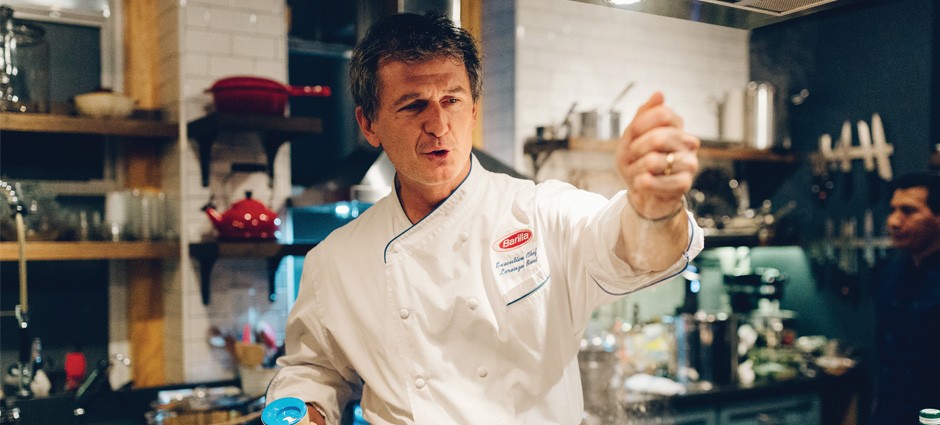
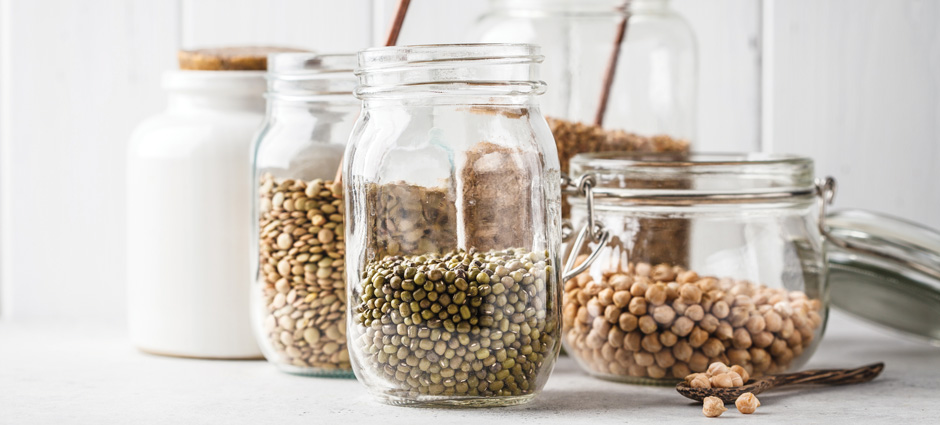
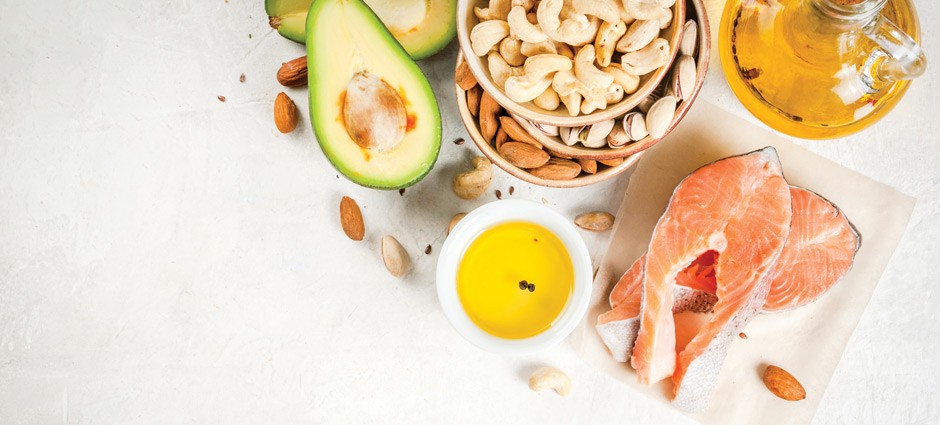
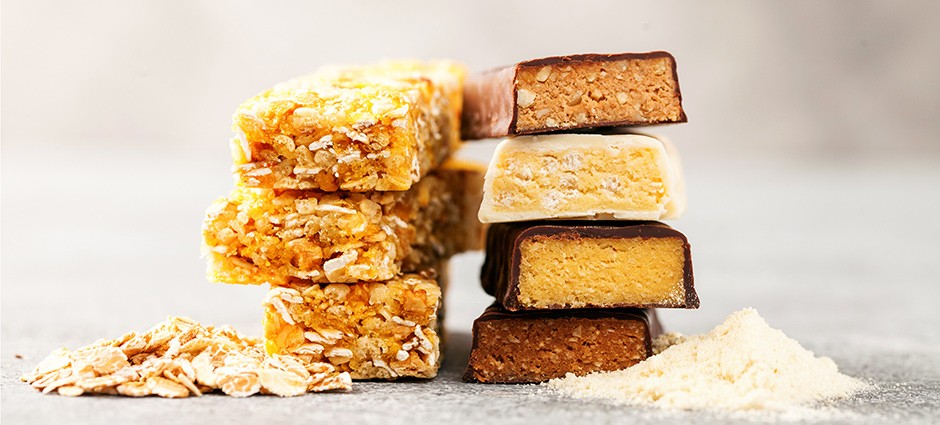

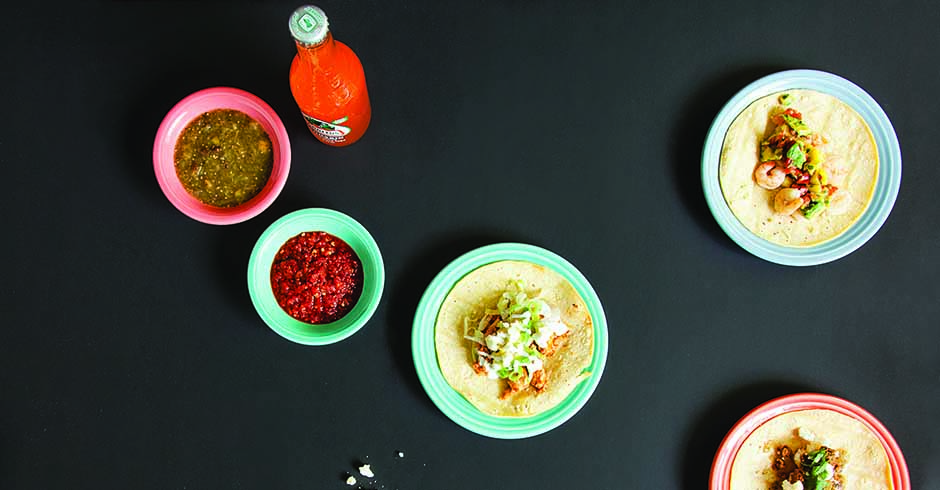

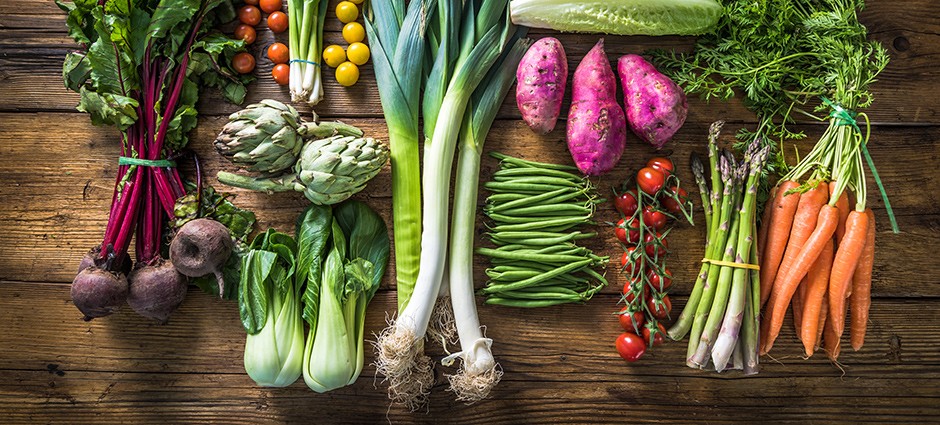
Comments